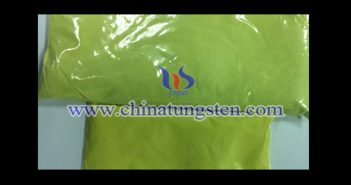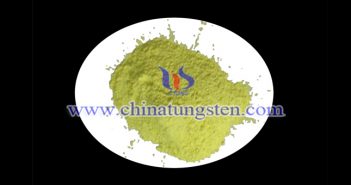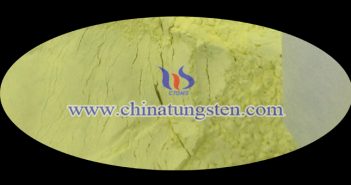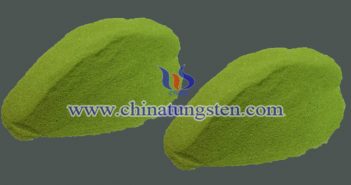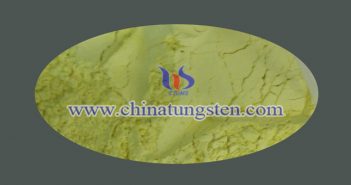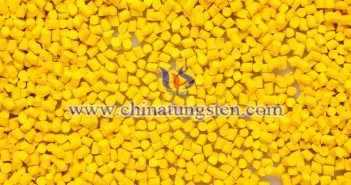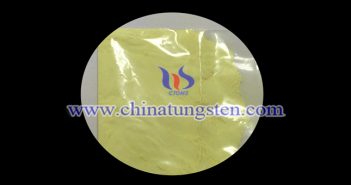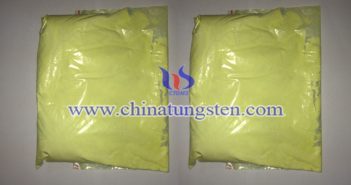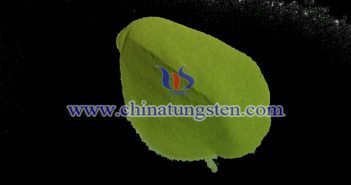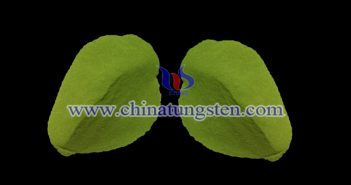
Nanometer yellow tungsten oxide is a new type of infrared thermal insulation nano material that may be used in architectural glass and automotive glass. Nano grain size yellow tungsten oxide is also an electrochromic material. As you may have known, electrochromic materials are widely studied as a category of the most promising smart materials available. Among them, inorganic metal oxides are the most studied category, especially yellow tungsten oxide (tungsten trioxide) and NiOx. Nowadays, many materials prepared by using electrochromic…

